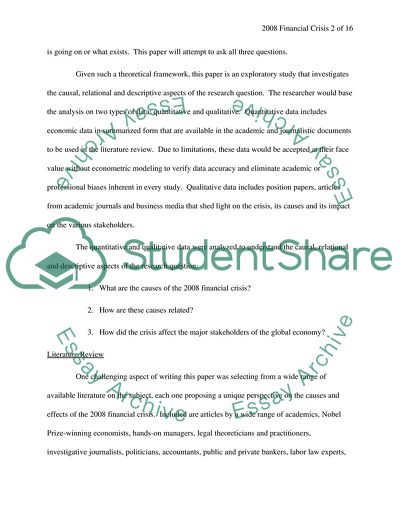Cite this document
(2008 Financial Crisis: Analysis of Causes and Implications Research Paper, n.d.)
2008 Financial Crisis: Analysis of Causes and Implications Research Paper. Retrieved from https://studentshare.org/macro-microeconomics/1751521-causes-of-the-financial-crisis-in-2008
2008 Financial Crisis: Analysis of Causes and Implications Research Paper. Retrieved from https://studentshare.org/macro-microeconomics/1751521-causes-of-the-financial-crisis-in-2008
(2008 Financial Crisis: Analysis of Causes and Implications Research Paper)
2008 Financial Crisis: Analysis of Causes and Implications Research Paper. https://studentshare.org/macro-microeconomics/1751521-causes-of-the-financial-crisis-in-2008.
2008 Financial Crisis: Analysis of Causes and Implications Research Paper. https://studentshare.org/macro-microeconomics/1751521-causes-of-the-financial-crisis-in-2008.
“2008 Financial Crisis: Analysis of Causes and Implications Research Paper”, n.d. https://studentshare.org/macro-microeconomics/1751521-causes-of-the-financial-crisis-in-2008.


